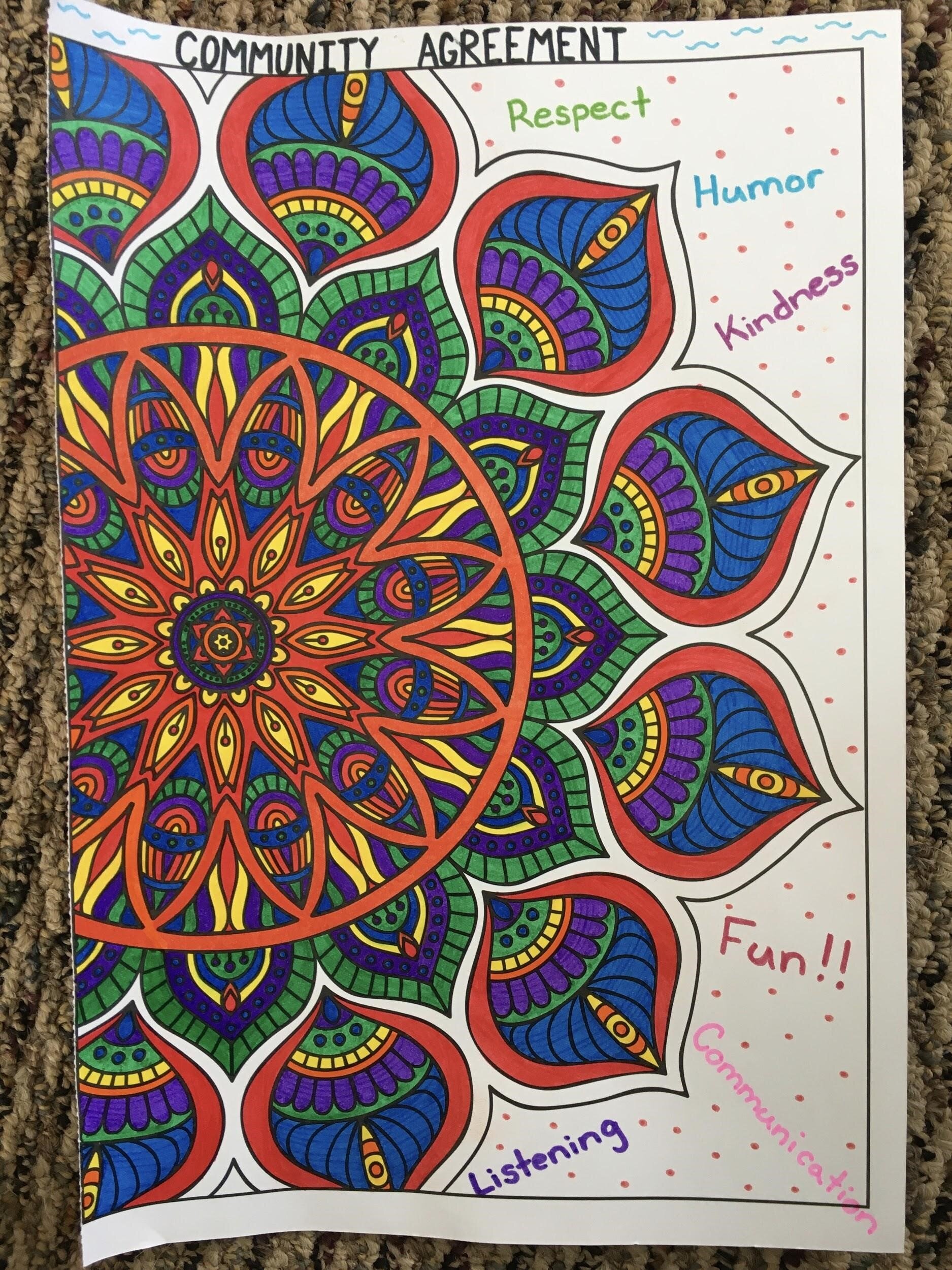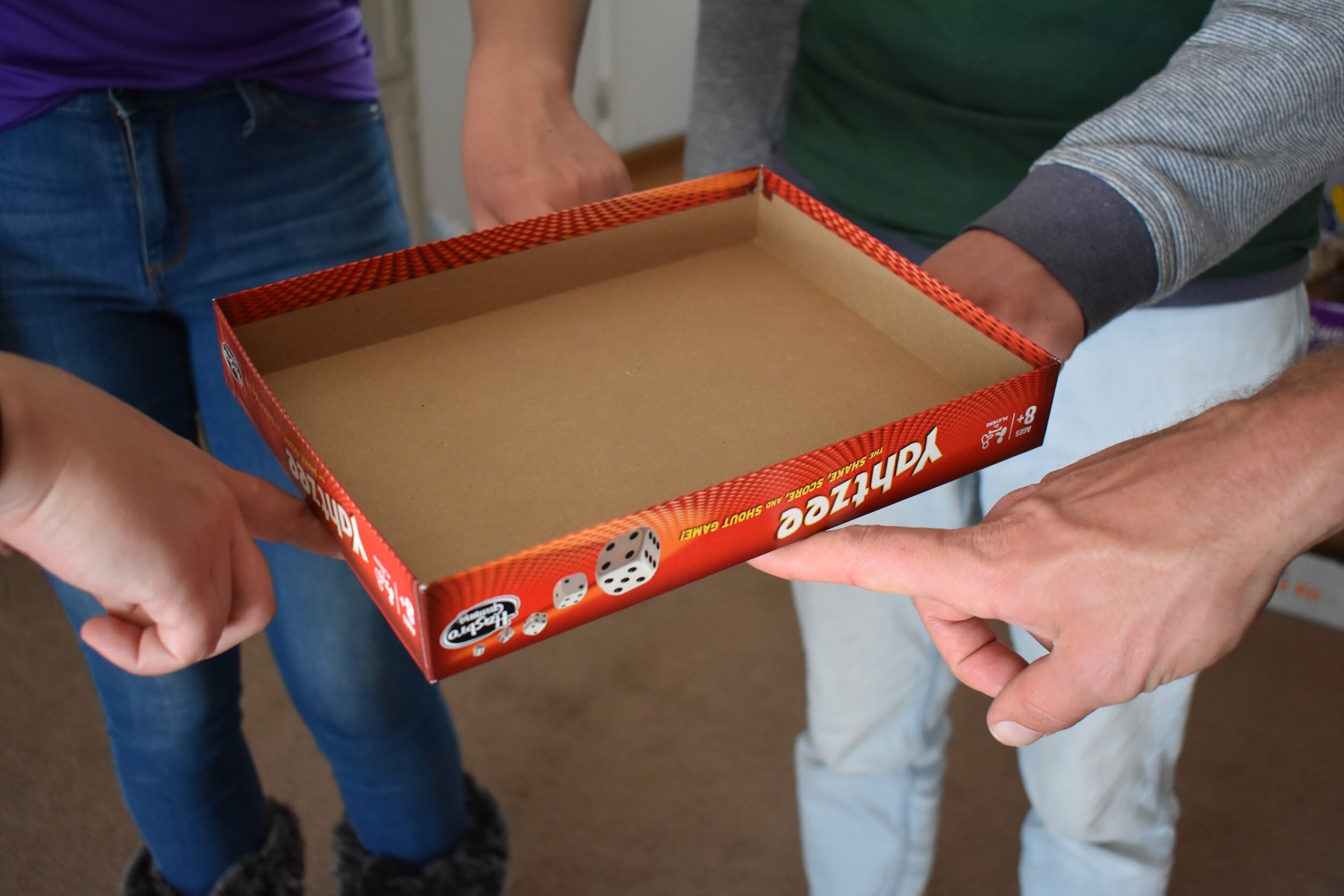Discipline: Engineering
Age Range: 5+ (with adult supervision)
Estimated Time: 5-20 minutes
What You Need: Uncooked spaghetti; marshmallows or gumdrops; and a tape measure (optional)
Instructions: Your goal is to build a freestanding tower out of spaghetti and marshmallows. Your tower cannot be connected to anything else, and cannot lean on anything for support.
What shapes can you create with your spaghetti and marshmallows?
What shapes do you think will create the strongest tower?
Try different designs to see what works best. Once your tower is built and stable you can measure it to see how tall it is. Think about how you can improve your tower and try building it again.
Challenge Options:
Set a timer to see if you can build your tower in a certain amount of time.
Can you build a tower that’s at least 15 inches tall?
Have fun and remember to keep trying!



























































